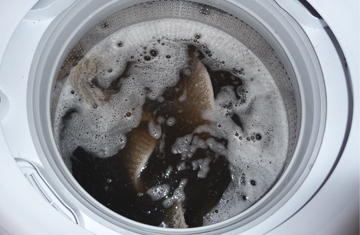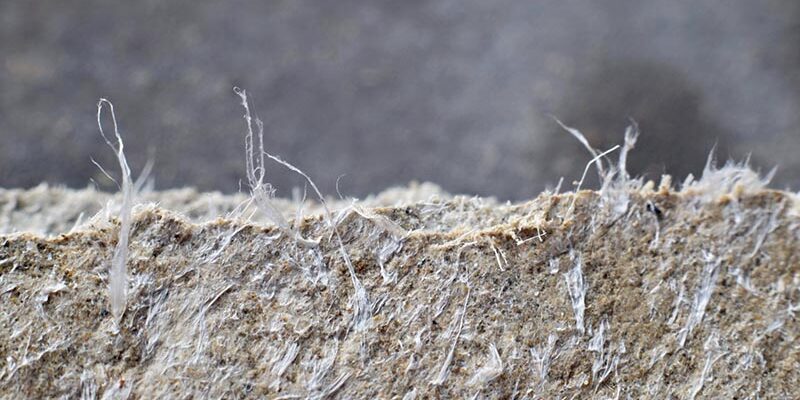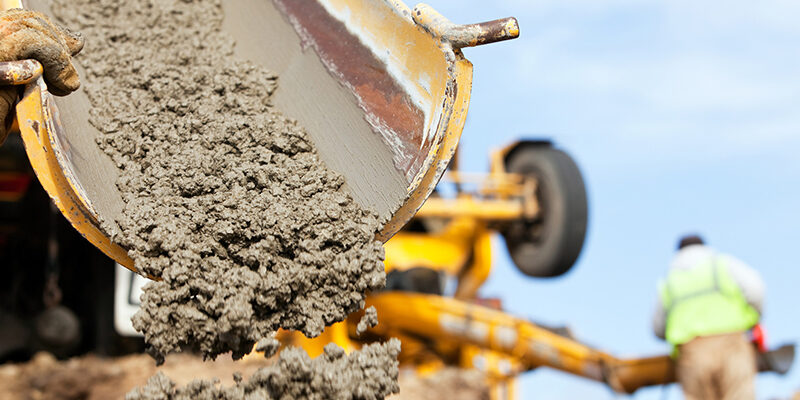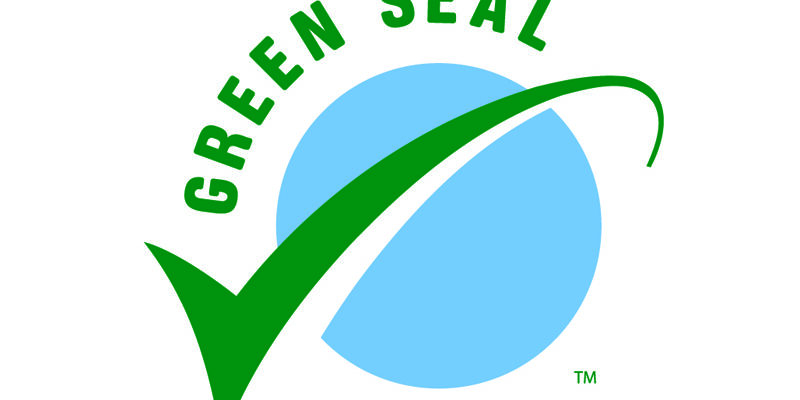Does bonnet cleaning really work?

We have all heard it said, “Bonnet cleaning just grinds the soil into the carpet.”
The 20 gallons of very dirty water from about 2,000 square feet of car dealership carpet that is cleaned every three months would disagree. I would expect the water would be even more soiled if the carpet cleaned was from a greasy restaurant.
Chemical molecules are held inside of water molecules and, when introduced to the soiled carpet, are removed during your typical cleaning process.
Your cleaning process is the separation of soil from fiber surfaces.
Only after this occurs, hot water extraction will use air flow to carry the suspended and removed soil, water and chemical from the carpet to the waste tank or sanitary sewer system.
For low moisture cleaning, the bonnet is the carrying agent from the carpet to the sanitary sewer system. This occurs when the bonnets are cleaned (see photo).

How does this work? Wet is attracted to dry, so the wet carpet and its sequestered soils are attracted to the drier bonnet and are “held” for the washing machine.
The attractive thing about encapsulation is what gets missed by the bonnet is encapsulated for future soil removal by the vacuum process. Hot water extraction is a great and necessary tool, but bonnet cleaning has come a long way with the use of high productivity and even battery powered machines.
Combine that with the use of the newest encapsulation formulas and bonnet cleaning gives hot water extraction a run for its money.
While hot water extraction uses dwell time with a pretreatment to loosen soil followed by moderate pressure from the spray tips, it can’t always compete with the scrubbing action of a rotary or oscillating pad machine.
This scrubbing action often replaces the dwell time needed for hot water extraction and can be part of the reason for faster dry times, as the carpet does not need to be pretreated or wetted. That time given allows the preconditioning treatment to saturate the fibers, thus increasing the need for a longer drying cycle.
John Klucznik is the president of Bonnet Pro. Visit his website at www.bonnetpro.com or contact him at [email protected].












